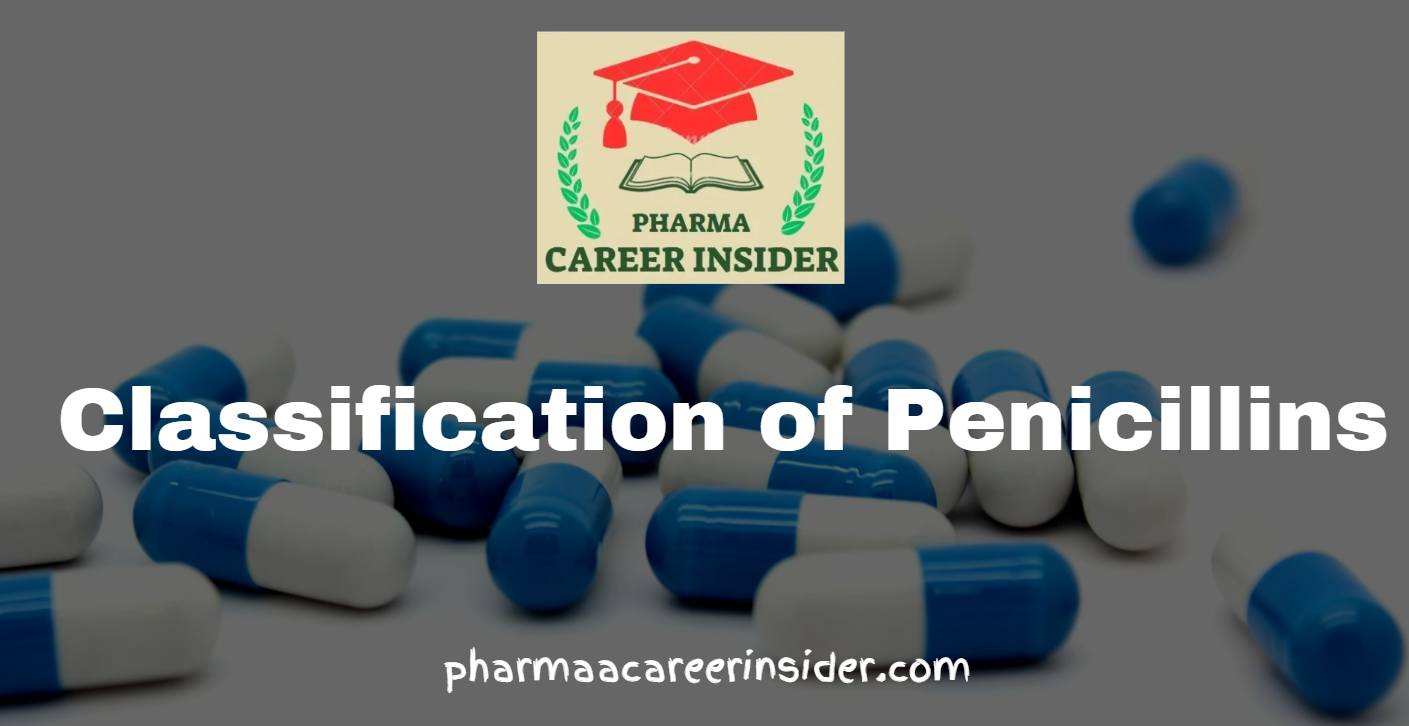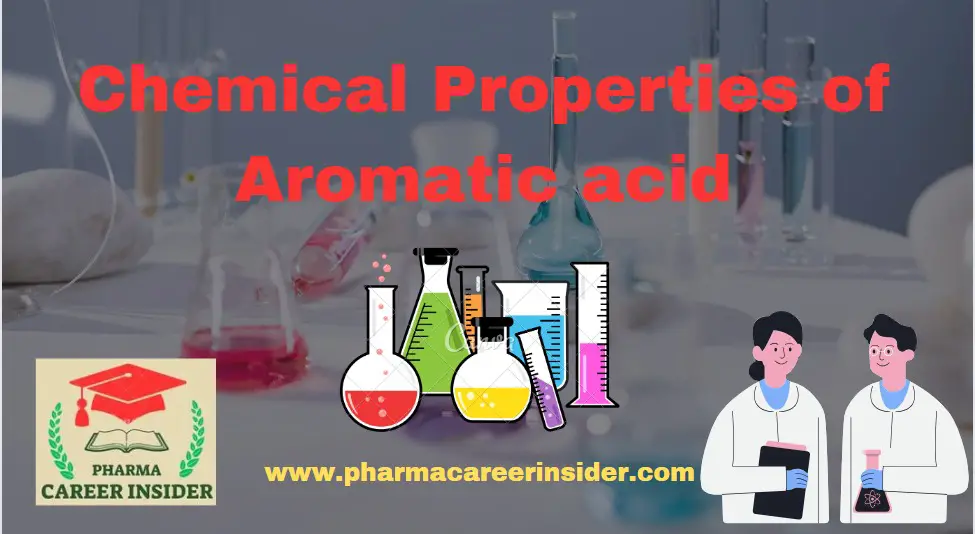Derivatives of anthracene are numerous and diverse, with modifications made to its structure, yielding compounds with varied properties and applications. Some common derivatives of anthracene include:
Anthraquinone
Anthraquinone is a key aromatic organic compound derived from anthracene, a tricyclic hydrocarbon composed of three fused benzene rings. With the molecular formula C14H8O2, anthraquinone is characterized by its yellow crystalline appearance and aromatic odor. This compound has garnered significant attention due to its diverse applications across various industries, ranging from textiles and pharmaceuticals to photography and energy storage.

Uses of Anthraquinone:
- Dyes: In vat dyes for textiles.
- Paper: As a catalyst in the pulp and paper industry.
- Pharmaceuticals: With laxative and antimicrobial properties.
- Chemical Intermediates: In organic synthesis.
- Photography: As a sensitizer in photographic materials.
- Batteries: As a cathode material in lithium-ion batteries.
- Analytical Chemistry: As indicators and probes.
Anthrone
Anthrone is a chemical compound derived from anthracene through oxidation at the 9th and 10th positions. This yellow crystalline substance possesses various applications across different industries due to its unique chemical properties.

Uses of Anthrone:
- Dye Industry: Used in manufacturing vat dyes for textiles.
- Chemical Intermediates: Enables synthesis of pharmaceuticals and specialty chemicals.
- Analytical Chemistry: Acts as a reagent for detection and quantification.
- Photography: Enhances sensitivity in photographic emulsions.
- Medicinal Chemistry: Investigated for potential pharmacological activities.
- Education: Utilized in teaching organic chemistry concepts.
9-chloroanthracene
9-chloroanthracene is a chlorinated derivative of anthracene, a polycyclic aromatic hydrocarbon consisting of three fused benzene rings. With the molecular formula C14H9Cl, this compound is characterized by its yellow crystalline appearance and aromatic odor. Its structure imparts specific reactivity and functionality, making it a versatile building block for organic synthesis and materials science.

Uses of 9-chloroanthracene:
- Chemical Synthesis: Used as an intermediate in organic synthesis.
- Materials Science: Enhances properties of organic semiconductors.
- Research: Investigated in organic chemistry labs.
- Photodynamic Therapy: Explored for potential medical applications.
- Analytical Chemistry: Utilized as a reference standard and reagent.
Anthracene-2-sulfonic acid
Anthracene-2-sulfonic acid is a chemical compound derived from anthracene through sulfonation, where a sulfonic acid group (-SO3H) is attached to the 2nd position of the anthracene molecule. With its molecular formula C14H10O3S, anthracene-2-sulfonic acid is characterized by its aromatic nature and water-soluble properties. Adding the sulfonic acid group enhances its reactivity and solubility, rendering it suitable for various uses.

Uses of Anthracene-2-sulfonic acid:
- Dye Industry: Used in acid dyes for textiles, leather, and paper.
- Photography: Enhances sensitivity in photographic materials.
- Analytical Chemistry: Employed as a fluorescent probe and indicator.
- Medicinal Chemistry: Investigated for potential pharmaceutical properties.
- Research: Utilized as a model compound in organic chemistry labs.
Anthracene-9-carboxylic acid
Anthracene-9-carboxylic acid is a chemical compound derived from anthracene through carboxylation, where a carboxylic acid group (-COOH) is attached to the 9th position of the anthracene molecule. With its molecular formula C15H10O2, anthracene-9-carboxylic acid possesses aromatic properties and forms yellow crystals. Adding the carboxylic acid group enhances its reactivity and functionality, making it suitable for diverse uses.

Uses of anthracene-9-carboxylic acid:
- Photodynamic Therapy: Used for cancer treatment by generating reactive oxygen species upon light activation.
- Materials Science: Incorporated into organic semiconductors for electronic devices like OLEDs and OPVs.
- Chemical Synthesis: Acts as an intermediate for producing pharmaceuticals, agrochemicals, and specialty chemicals.
- Biomedical Research: Utilized in studying photodynamic properties and drug delivery systems.
Meta Description
Explore the diverse uses of anthracene derivatives, including anthraquinone, anthrone, 9-chloroanthracene, anthracene-2-sulfonic acid, and anthracene-9-carboxylic acid. From dye manufacturing to pharmaceuticals and from materials science to biomedical research, these compounds offer unique properties and applications across various industries. Delve into their synthesis, properties, and uses to discover their significance in advancing technology, healthcare, and scientific innovation.




